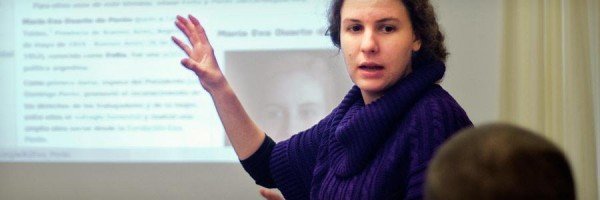Read Original Version (CLB5+) You are reading the Simple Version (CLB3-4) Residential schools were open for more than 150 years. They greatly affected Indigenous families. It is important to learn about these schools. This helps us understand the problems Indigenous peoples face in our society today. Residential schools were made by the government to change Indigenous children. The people who created these schools thought Indigenous Peoples were not civilized. They believed taking children from their families was the best way to teach them. Parents who did not agree were fined or sent to prison. Canada had about 150 of these schools. These schools caused harm to many young Indigenous people for a long time. The schools were like those in the United States and British colonies. They wanted the children to follow Catholic or Protestant religions. The goal was to make them into “good hard workers.” Children learned European languages and culture. When they arrived, their clothes and things were taken away. They got new English names. They could not speak their own languages. They also could not talk to their brothers and sisters. If they broke these rules, they were punished. Children went to classes in the morning. In the afternoon, they worked on farms or did jobs. This helped the schools save money. The children did not have enough food to eat. They also did not have the right clothes for different temperatures. They lived in small spaces, which made it easy for illnesses to spread quickly. From 1883 to 1996, about 150,000 Indigenous children attended these schools. These children were from First Nations, Inuit, and Métis communities. The results of these situations were very bad and lasted a long time. Many children felt scared, alone, and hungry. Some tried to run away, start fires at the schools, or even take their own lives. The Truth and Reconciliation Commission said that at least 6,000 children died in these schools. In the 1940s, the government and missionary groups knew that residential schools were bad. But, it took pressure from parents and political leaders for the government to start closing them down. It took over 40 years to close these schools. By 1986, most of them were closed or given to local groups. After ten more years, the last school, Gordon Residential School in Punnichy, Saskatchewan, was closed. After leaving these schools, survivors went through the following: Individual and family problems got worse and affected the next generations. This is why residential schools are still blamed for many problems. These problems include not having jobs, being poor, violence, drug and alcohol issues, families breaking apart, sexual abuse, prostitution, not having a home, many people in jail, and early death of Indigenous Peoples. Church groups began to say sorry in the 1980s. On June 11, 2008, the Prime Minister at that time, Stephen Harper, said sorry to all former students of residential schools in Canada. He also set up a $1.9 billion fund to help the survivors. One year before this, the government and churches that ran the schools made an agreement. The agreement gives money to former students of residential schools. A big step towards making peace was creating the Truth and Reconciliation Commission (TRC). The TRC did a six-year study to learn about the effects of residential schools. They listened to stories from survivors, former staff, church, and government officials. They also looked at old documents. On June 2, 2015, the commission shared a report. The report said that the residential school experience was like cultural genocide. Cultural genocide means trying to destroy a culture. The report also had 94 suggestions to help fix the problems caused by residential schools and to help people heal. Learn more about the important work of the Truth and Reconciliation Commission and how you can help. Please login to tell us what you think.Skip to:
What are residential schools?
What’s wrong with these schools?
Long-term effects
Starting to heal the damage
Article updated June 21, 2024.
Sources: History of Residential Schools, Canadian Geographic, Indigenous Peoples Atlas of Canada; Residential Schools, J.R. Miller, The Canadian Encyclopedia; Indigenous Peoples of Manitoba. A Guide for Newcomers, Anika Reynar and Zoe Matties for the Mennonite Central Committee Manitoba; Canada’s residential schools cultural genocide, Truth and Reconciliation Commission says, Joanna Smith, The Star, June 2, 2015. All accessed April 5, 2017 and May 30, 2023.Community Resources
We'd love to hear from you!




